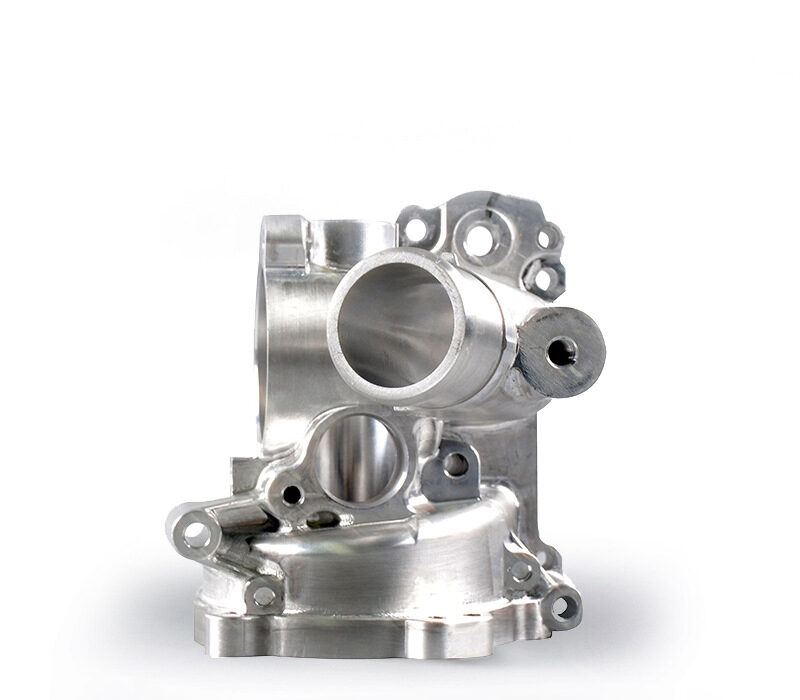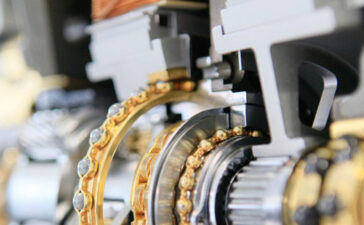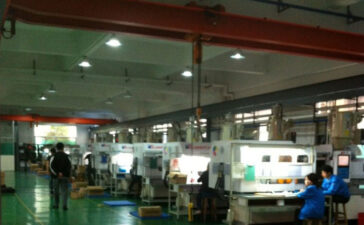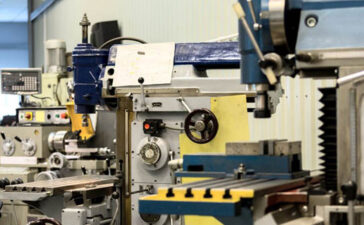After the plastic mold is processed, it will also reflect the processing defects, resulting in the decline of mold performance.
How to reduce mold processing defects?
Reasonable selection and dressing of the grinding wheel. The white corundum grinding wheel is better, the performance is hard and brittle, and it is easy to produce new cutting edges, so the cutting force is small, the grinding heat is small, and the medium particle size is used for the particle size, such as 46 ~ 60 mesh It is better to use medium-soft and soft (ZR1, ZR2 and R1, R2) in the hardness of the grinding wheel, that is, a coarse-grained, low-hardness grinding wheel, and good self-excitation can reduce cutting heat.
When processing hard alloys and materials with high quenching hardness, diamond wheels with organic binders are preferred. Organic binder wheels have good self-grinding properties. The roughness of the workpiece can reach Ra0.2μm. Grinding machine, CNC internal and external cylindrical grinding machine finishing, the effect is better than other types of grinding wheel.
In the grinding process, it is necessary to repair the grinding wheel in time to maintain the sharpness of the grinding wheel. When the grinding wheel is passivated, it will slip and squeeze on the surface of the workpiece, causing burns on the surface of the workpiece and reduced strength.
Reasonable use of cooling lubricant, play the three major roles of cooling, washing and lubrication, keep cooling and lubrication clean, so as to control the grinding heat within the allowable range to prevent thermal deformation of the workpiece. Improve the cooling conditions during grinding, such as the use of oil-immersed grinding wheels or internal cooling grinding wheels. Introduce the cutting fluid into the center of the grinding wheel, the cutting fluid can directly enter the grinding area, play an effective cooling role, and prevent the surface burn of the workpiece.
The quenching stress after heat treatment is reduced to the minimum, because the quenching stress and the meshed carbonized structure are subject to the grinding force, and the phase change of the structure is very easy to crack the workpiece.
For high-precision molds, in order to eliminate the residual stress of grinding, low-temperature aging treatment should be performed after grinding to improve toughness.
To eliminate grinding stress, the mold can also be immersed in a salt bath at 260 to 315 ° C for 1.5 minutes, and then cooled in oil at 30 ° C, so that the hardness can be reduced by 1 HRC and the residual stress can be reduced by 40% to 65%.
For precision grinding of precision molds with dimensional tolerances within 0.01 mm, attention should be paid to the influence of ambient temperature, and constant temperature grinding is required. It can be seen from the calculation that for 300mm long steel parts, when the temperature difference is 3 ℃, the material has a change of about 10.8μm, (10.8 = 1.2 × 3 × 3, the amount of deformation per 100mm is 1.2μm / ℃), and each finishing process needs to be fully considered The influence of this factor.
Electrolytic grinding is used to improve mold manufacturing accuracy and surface quality. During electrolytic grinding, the grinding wheel scrapes off the oxide film: instead of grinding metal, the grinding force is small and the grinding heat is also small, and there will be no grinding burrs, cracks, burns and other phenomena. The general surface roughness can be better than Ra0 .16μm; In addition, the wear of the grinding wheel is small, such as grinding cemented carbide, the wear amount of the silicon carbide grinding wheel is about 400% to 600% of the weight of the cemented carbide. When using electrolytic grinding, the wear of the grinding wheel The amount is only 50% to 100% of the amount of carbide removal.
Reasonably select the amount of grinding, use the fine grinding method with even smaller radial feed, or even fine grinding. If the radial feed rate and the grinding wheel speed are appropriately reduced, the axial feed rate is increased to reduce the contact area between the grinding wheel and the workpiece, and the heat dissipation conditions are improved, thereby effectively controlling the increase in the surface temperature.








